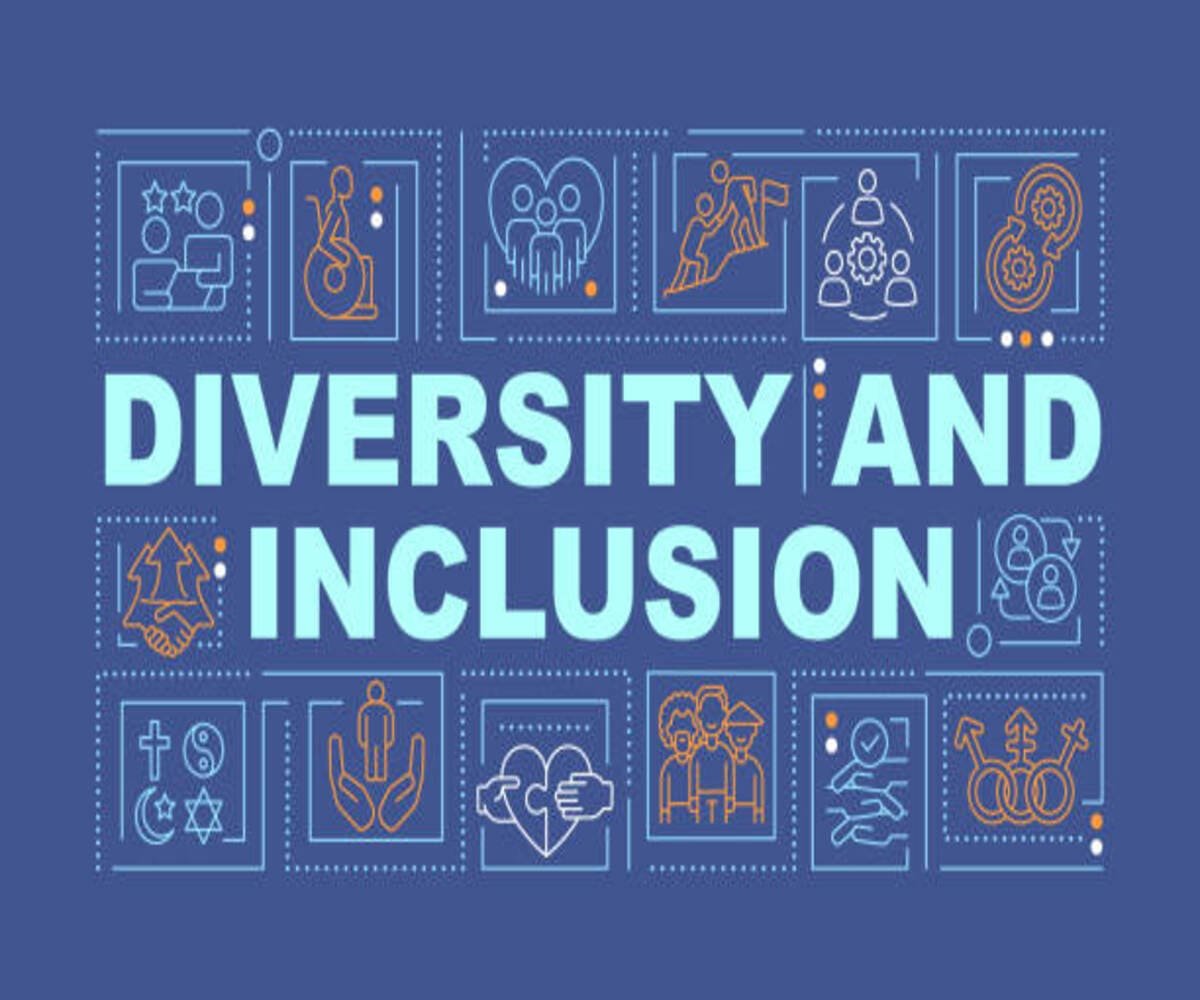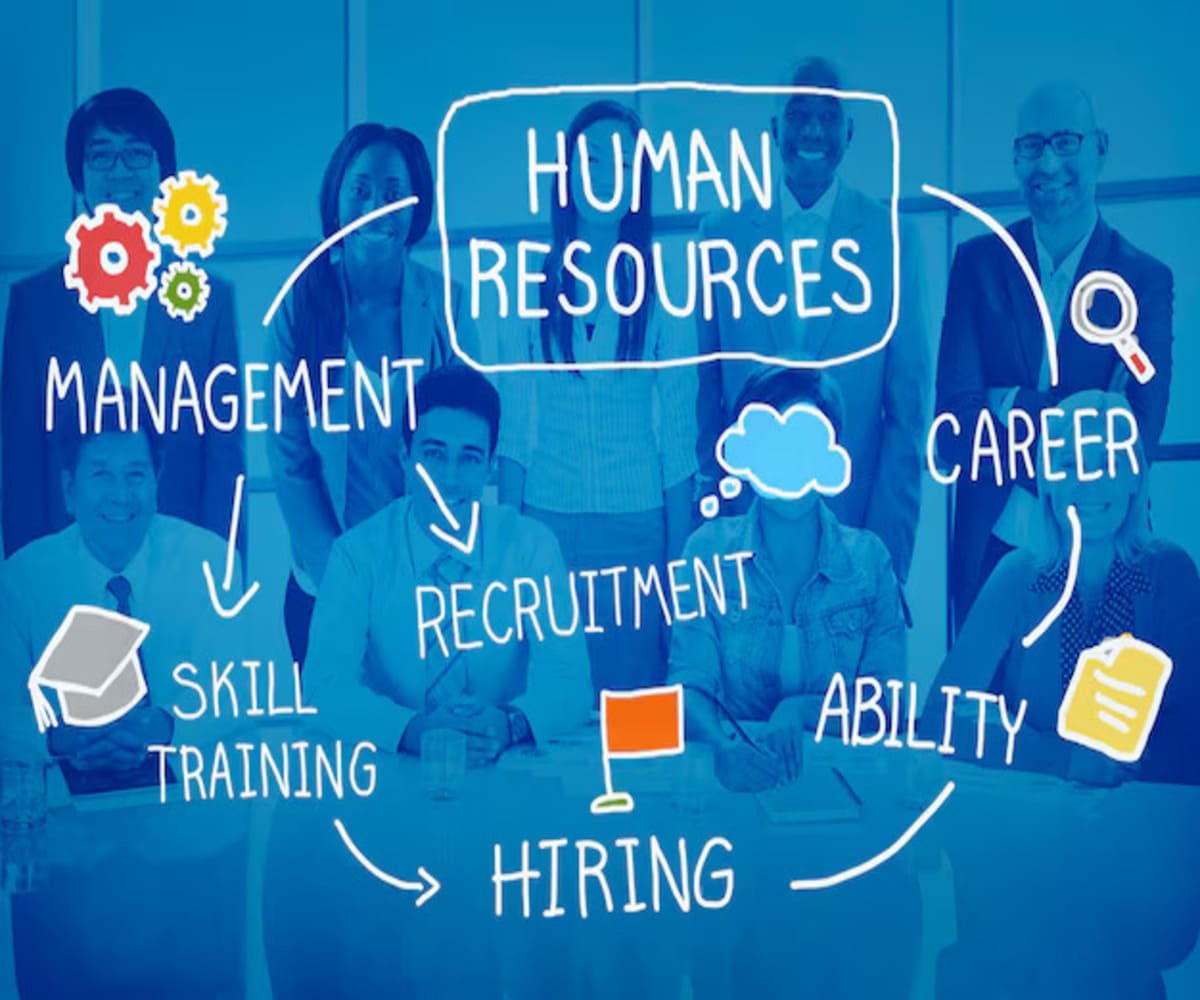Introduction to Organizational Behavior and Culture
Organizational behavior and culture play a crucial role in shaping how employees interact, perform, and contribute to an organization’s success. Understanding these concepts helps HR professionals, managers, and leaders create a productive and positive work environment.
At SignifyHR, we provide in-depth learning resources on Organizational Behavior and Culture, equipping professionals with strategies to enhance employee motivation, teamwork, and workplace efficiency.
This guide explores key aspects of organizational behavior, cultural frameworks, and strategies to develop a thriving corporate culture.
Understanding Organizational Behavior
Organizational behavior (OB) is the study of how individuals and groups act within an organization. It focuses on:
- Individual Behavior – Understanding personality, motivation, and job satisfaction.
- Group Behavior – Examining teamwork, leadership, and communication dynamics.
- Organizational Structures and Processes – Analyzing decision-making, policies, and corporate hierarchies.
The goal of OB is to improve organizational efficiency by fostering a work environment that enhances employee performance and satisfaction.
Key Elements of Organizational Behavior
1. Individual Behavior in Organizations
Understanding how employees think and act is essential for effective HR management. Key factors influencing individual behavior include:
- Personality Traits – Determines work styles, adaptability, and interpersonal interactions.
- Motivation – Driven by intrinsic (personal growth) and extrinsic (salary, rewards) factors.
- Perception and Attitudes – Influences decision-making and workplace relationships.
- Emotional Intelligence (EQ) – Affects conflict resolution, communication, and teamwork.
2. Group Behavior and Team Dynamics
Organizations function through teamwork and collaboration. Effective group behavior depends on:
- Communication Styles – Open and transparent communication enhances productivity.
- Team Leadership – Strong leadership fosters trust and motivation.
- Conflict Resolution – Managing disagreements constructively improves teamwork.
- Diversity and Inclusion – Varied perspectives lead to innovation and problem-solving.
3. Organizational Structure and Work Environment
How an organization is structured impacts employee engagement and operational efficiency. Important aspects include:
- Hierarchical vs. Flat Structures – Determines authority levels and decision-making speed.
- Workplace Policies – Defines expectations, rules, and employee responsibilities.
- Workplace Flexibility – Remote work and hybrid models impact engagement and productivity.
What is Organizational Culture?
Organizational culture refers to the shared values, beliefs, and behaviors that define a company’s work environment. It influences:
- Employee Engagement – A positive culture improves job satisfaction.
- Decision-Making Processes – Culture shapes leadership and corporate governance.
- Workplace Ethics – Ethical values guide professional conduct and corporate responsibility.
Types of Organizational Culture
Different companies adopt distinct cultural frameworks based on their goals and industry needs. The most common types include:
1. Clan Culture (Collaborative Culture)
- Emphasizes teamwork, mentorship, and employee well-being.
- Encourages open communication and a family-like atmosphere.
- Found in startups and customer-focused organizations.
2. Adhocracy Culture (Innovative Culture)
- Prioritizes creativity, innovation, and risk-taking.
- Employees are encouraged to think outside the box and experiment.
- Common in technology firms and R&D departments.
3. Hierarchical Culture (Structured Culture)
- Focuses on rules, stability, and efficiency.
- Clearly defined roles and responsibilities ensure order.
- Common in government agencies and large corporations.
4. Market Culture (Competitive Culture)
- Driven by results, performance, and market leadership.
- Employees work in high-pressure, goal-oriented environments.
- Found in sales-driven and finance industries.
Building a Strong Organizational Culture
To develop a thriving workplace culture, HR professionals and leaders should:
- Define Core Values – Establish clear organizational principles.
- Encourage Leadership Alignment – Leaders should model desired behaviors.
- Promote Open Communication – Foster a transparent and inclusive work environment.
- Recognize Employee Contributions – Implement rewards and appreciation programs.
- Support Work-Life Balance – Provide flexible work arrangements and wellness programs.
- Implement Diversity & Inclusion Initiatives – Ensure equal opportunities for all employees.
The Impact of Organizational Culture on Employee Performance
A strong organizational culture influences key business outcomes:
- Higher Employee Engagement – Employees are more motivated and productive.
- Reduced Turnover Rates – A positive work environment increases retention.
- Enhanced Team Collaboration – A culture of trust improves teamwork.
- Better Decision-Making – Employees align with organizational goals and strategies.
Trends Shaping Organizational Behavior and Culture
The modern workplace is evolving, and HR must adapt to emerging trends:
- Remote Work and Digital Transformation – Virtual teams and online collaboration tools are redefining workplace interactions.
- Employee Well-Being Initiatives – Mental health, work-life balance, and wellness programs are gaining importance.
- AI and Automation in HR – Technology is streamlining HR functions and talent management.
- Diversity, Equity, and Inclusion (DEI) – Companies are prioritizing inclusive workplaces.
- Sustainable and Ethical Business Practices – Organizations are adopting socially responsible policies.
Conclusion
Organizational behavior and culture are essential for business success. Understanding employee behavior, fostering a strong culture, and implementing strategic HR policies can create a thriving workplace.
At SignifyHR, our Organizational Behavior and Culture course provides HR professionals with practical insights and strategies to enhance workplace effectiveness. Enroll today to transform your organization’s culture and drive business success.










